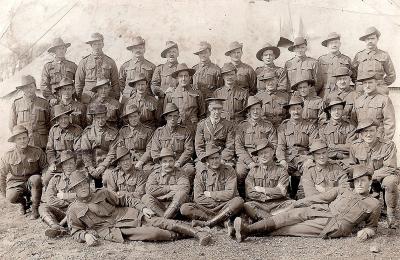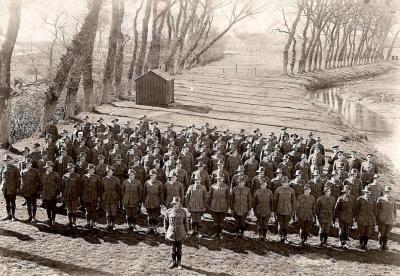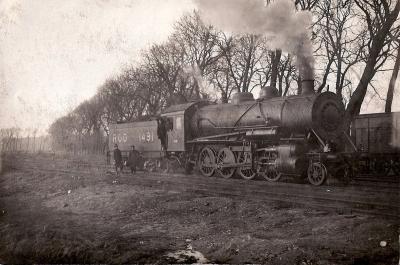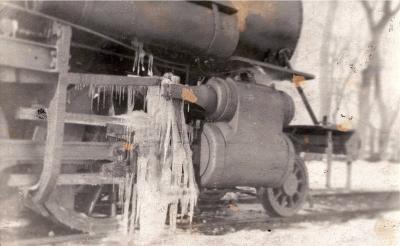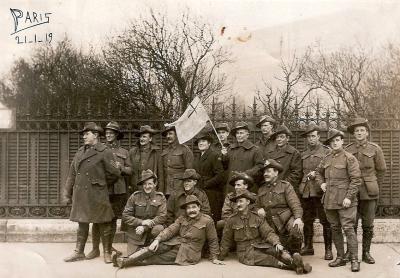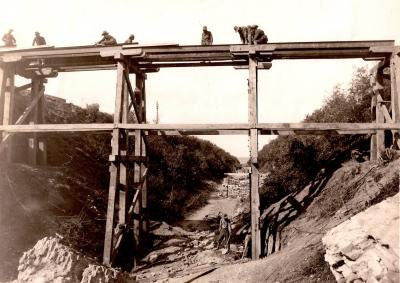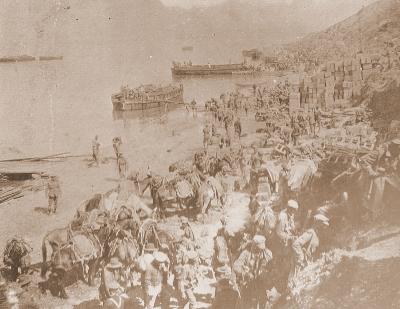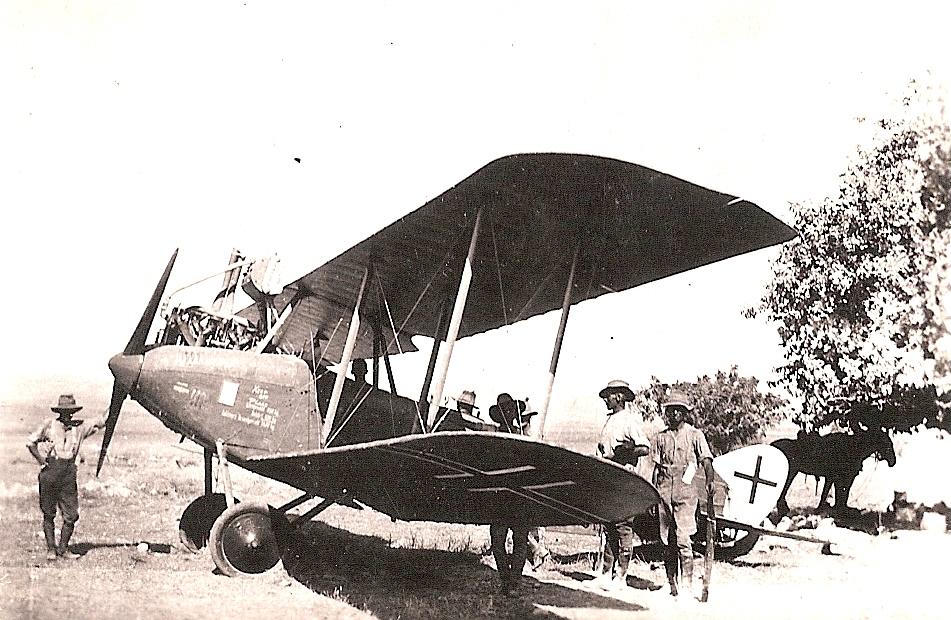World War 1, Middle East, DFW C V, 1918
1918Captured German DFW C V aircraft
The DFW C.IV, DFW C.V, DFW C.VI, and DFW F37 were a family of German reconnaissance aircraft first used in 1916 in World War I. They were conventionally configured biplanes with unequal-span unstaggered wings The C.V's main designer was Heinrich Oelerich, and it was produced in larger numbers than any other German aircraft during World War I. About 2000 were manufactured by DFW and about 1,250 licence manufactured by Aviatik (initially as the Aviatik C.VI, but later as the DFW C.V(Av)),
The C.V was a biplane of mixed, mostly wooden construction. The fuselage was a wooden frame, covered with plywood, with a tail consisting of a metal frame, covered with canvas. The wings were of two-spar wooden construction, rectangular in shape and covered in canvas. The upper wing had a slighter greater span and was fitted with ailerons. The conventional landing gear was fixed, with a straight common axle and a rear skid.
The straight-six engine was fitted with a long, vertical, chimney-like exhaust pipe (LVG-produced planes had horizontal exhaust pipe) and was covered with an aerodynamic cover, but these were often left off. The engine drove a two-blade wooden propeller 2.8 metres (9.2 ft) in diameter. Engine cooling was initially provided by radiators on each side of the fuselage, later aircraft used a radiator at the front of the upper wing.
Details
Details
Australian Army Museum of Western Australia
Australian Army Museum of Western Australia
Other items from Australian Army Museum of Western Australia
- World War 1, Middle East, Palestine, Ashkelon, 1918
- World War 1, Western Australia, 956 SMITH, Railway Operating Division,1918
- World War 1 , Australia Western Australia, SMITH, 1917
- World War 1 , Australia Western Australia, 1917
- World War 1 , Europe, 1918
- World War 1 , Europe, Western Front, Railway Operating Division, 1918
- World War 1 , Europe, Western Front, Railway Operating Division, 1918
- World War 1 , Europe, 1918
- World War 1 , Europe, 1918
- World War 1 , Europe France Paris, 1919
- World War 1 , Europe, 1918
- World War 1, Europe, Türkiye, Gallipoli, Anzac Cove, 1915




